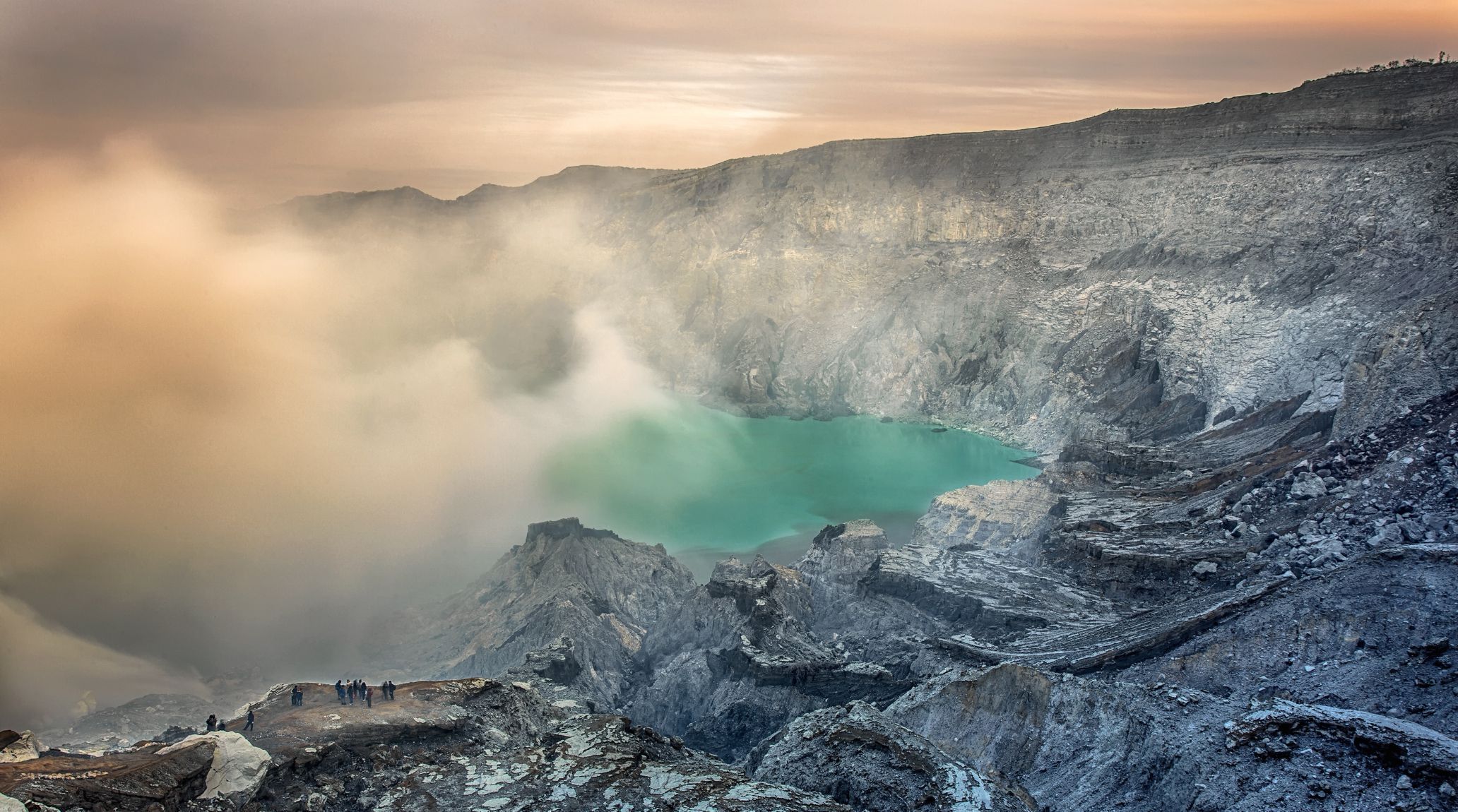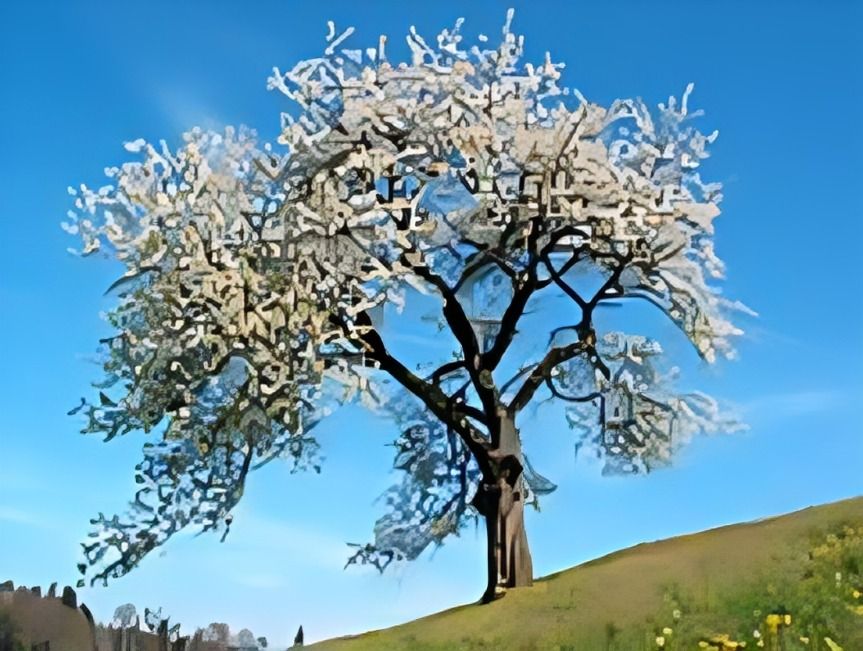
“
Vaporization is the process where water transforms from a liquid into a gas, playing a crucial role in the water cycle and many everyday phenomena. From boiling water to the formation of clouds, vaporization is a fascinating aspect of science. This blog will explore 20 amazing facts about vaporization, highlighting its importance in nature and how it affects our daily lives. 1
1
1
1
”
The process of vaporization occurs when a liquid turns into a gas. This transformation can happen via evaporation, which is a slow process, or boiling, which happens rapidly. Both require heat to provide the necessary energy for the change. 1
The boiling point is the temperature at which a liquid’s vapor pressure equals the surrounding pressure, causing it to change into gas quickly. For water, this occurs at 100°C (212°F) under normal atmospheric pressure. 2
Evaporation happens at temperatures below boiling. It occurs on the surface of the liquid, where molecules with enough energy escape into the air. This process is slower compared to boiling. 3
Rhenium has one of the highest boiling points, reaching 5,597°C (10,167°F), demonstrating its exceptional stability under high heat. However, tungsten has the highest boiling point among all elements. 4
Latent heat is the energy required for a substance to change its state without altering its temperature. During vaporization, this heat is absorbed to overcome the intermolecular forces holding the liquid molecules together. 5
Vapor pressure is the pressure exerted by the vapor of a liquid in equilibrium with its liquid phase. As temperature rises, vapor pressure increases, making it easier for the liquid to transition to gas. 6
The heat of vaporization is the amount of energy needed to convert a unit mass of a liquid into vapor at its boiling point. For water, this value is about 2260 kJ/kg, indicating that it requires significant energy to vaporize. 7
Boiling point elevation occurs when a non-volatile solute is added to a liquid, increasing its boiling point. This happens because the solute lowers the liquid’s vapor pressure, requiring more heat to reach boiling. 8
The cooling effect of evaporation explains why sweating cools the body. As sweat evaporates from the skin, it absorbs heat from the body, creating a cooling sensation as the liquid turns into vapor. 9

Evaporation from oceans and lakes contributes to cloud formation. Water vapor rises into the atmosphere, condenses into droplets, and eventually falls as precipitation, playing a vital role in the Earth's water cycle.
Lowering the surrounding pressure, such as at high altitudes, decreases the boiling point of liquids. This means water boils at a lower temperature in mountainous regions compared to at sea level. 10
During vaporization, heat is transferred from the surroundings to the liquid. This process is endothermic, meaning it absorbs heat, which is why boiling water can make a kitchen feel hotter. 11
The evaporation rate increases with higher temperatures, increased surface area, and lower humidity. Warmer conditions provide more energy for molecules to escape, while a larger surface area allows more molecules to evaporate simultaneously. 12
The energy needed for vaporization is directly proportional to the number of liquid molecules transitioning to gas. More molecules require more energy to overcome intermolecular forces and escape into the vapor phase. 13
Vapor-liquid equilibrium refers to the balance between the rate of evaporation and condensation in a closed system. At equilibrium, the number of molecules evaporating equals the number returning to the liquid phase. 14

Plants use a process called transpiration to release water vapor into the atmosphere from their leaves. This helps regulate plant temperature and contributes to the global water cycle by adding moisture to the air.
Even below boiling point, liquid molecules gain sufficient energy through heat to escape into the gas phase. This explains why puddles dry up over time despite not reaching boiling temperatures. 15
Phase transition is crucial in various industrial processes, including distillation. Vaporization separates components based on their boiling points, allowing for the purification of liquids and the separation of mixtures into their constituent parts. 16
Condensation is the reverse process of vaporization. As gas molecules lose energy and cool down, they transition back into the liquid phase, releasing the latent heat absorbed during the initial vaporization. 17
Evaporative cooling is used in cooling systems like swamp coolers. These systems use evaporation to lower air temperature by passing air over water-saturated pads, which evaporate water and cool the air. 18


